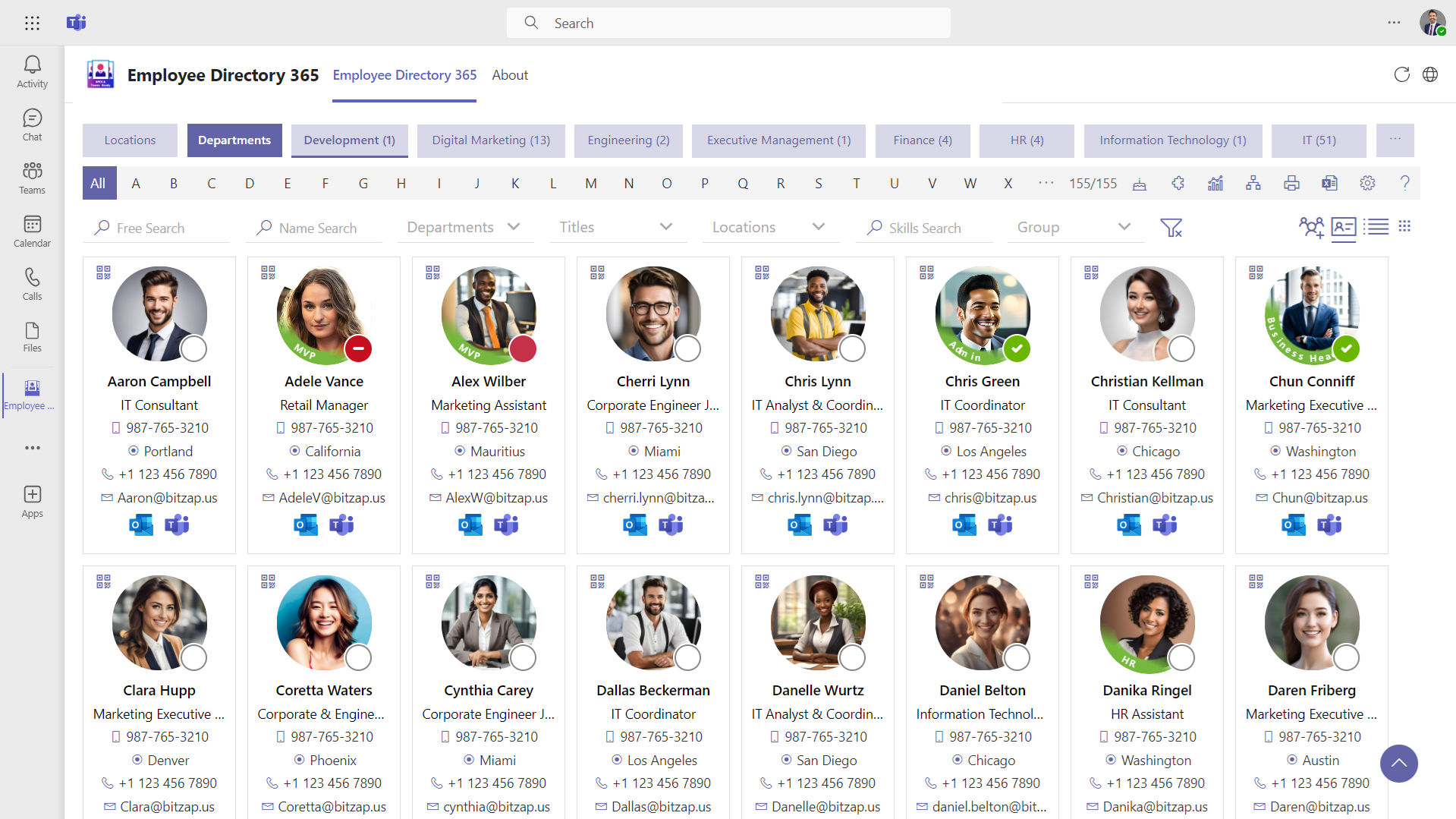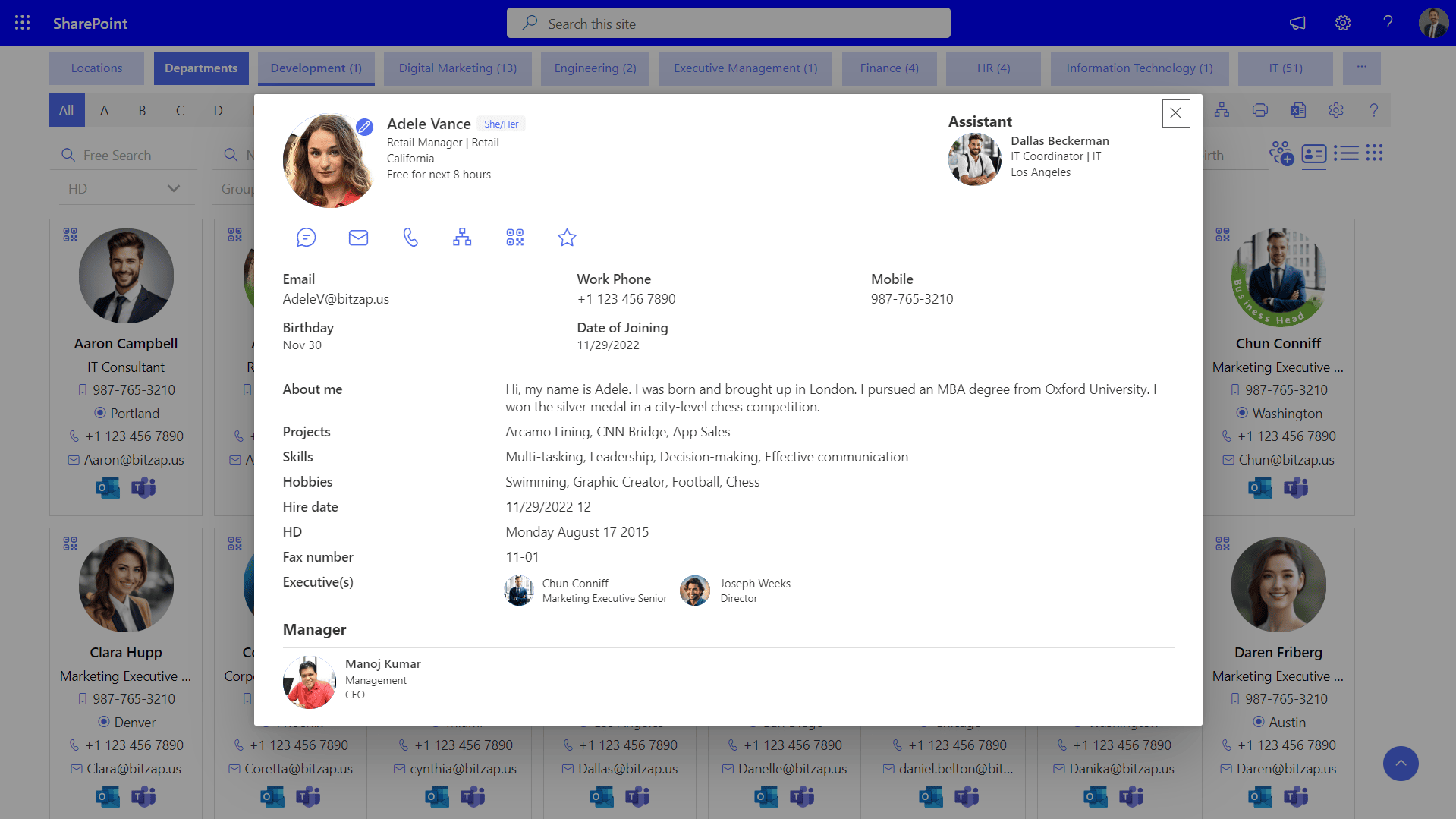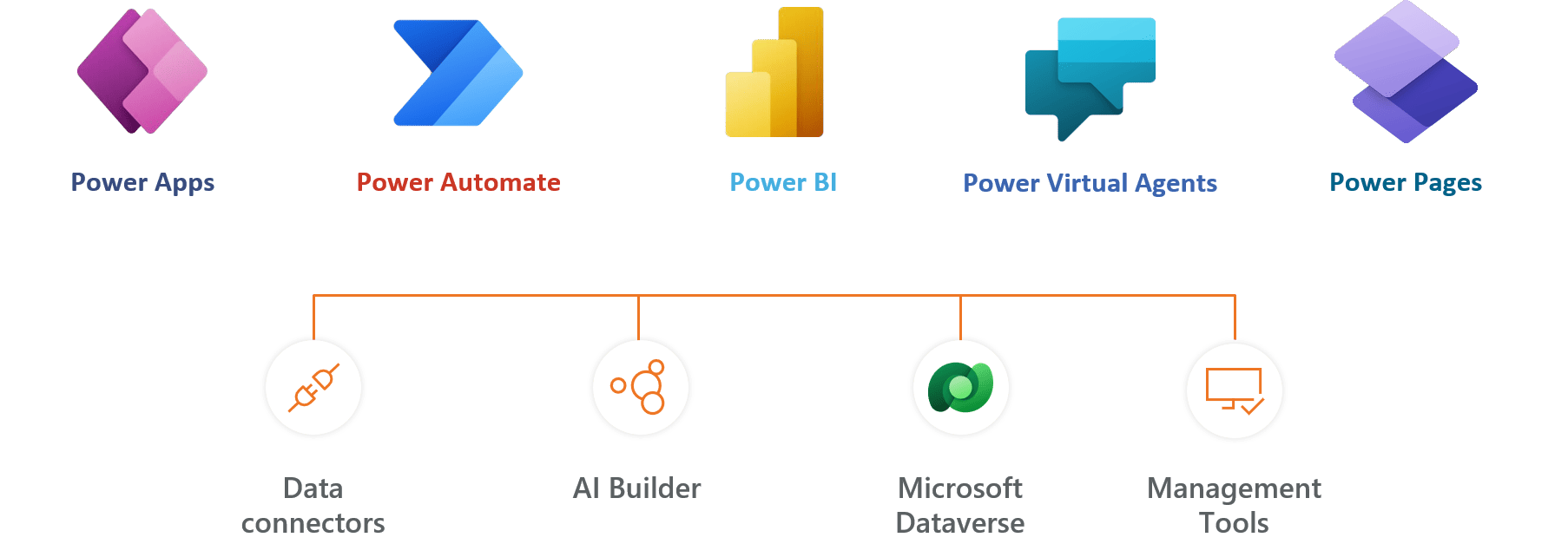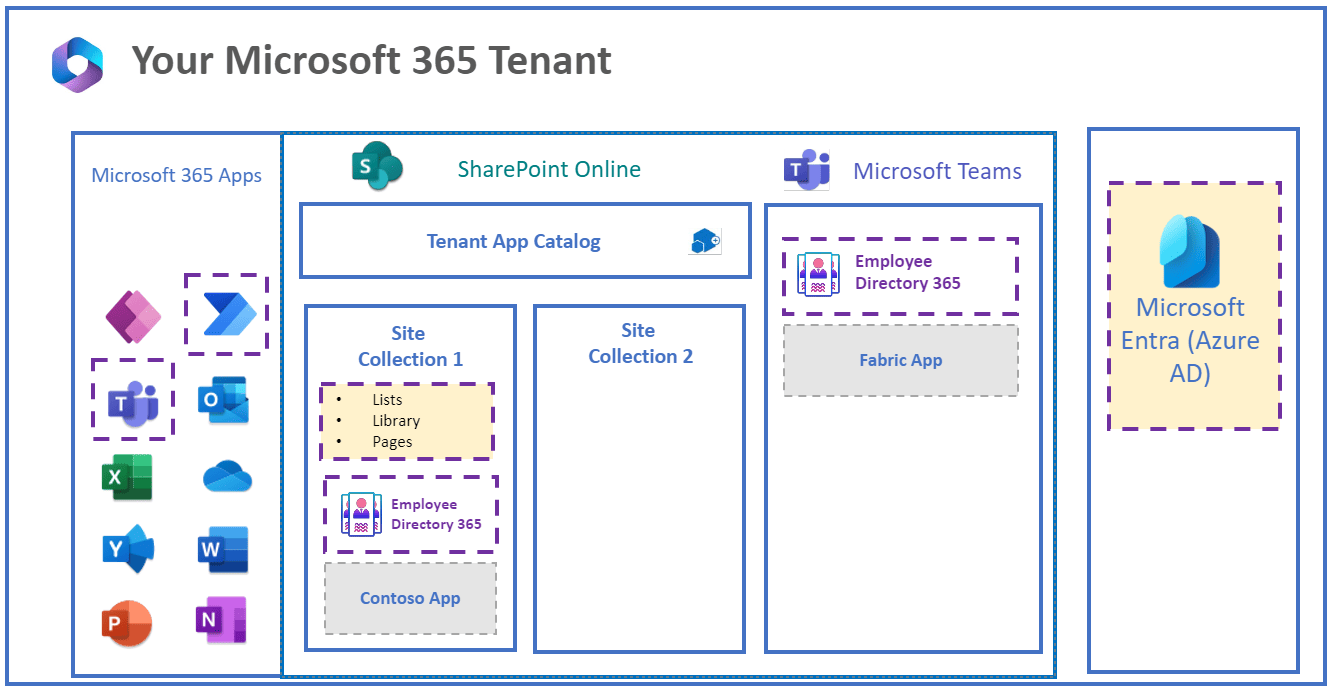To find a directory in SharePoint, such as an employee or document directory, follow these steps:
1. Go to Your SharePoint Site:
o Open the SharePoint site where the directory is stored.
2. Search in Site Contents:
o Click the Settings gear icon (top-right corner) and select Site Contents.
o Look for a list or library named after the directory (e.g., “Employee Directory”).
3. Use the Search Bar:
o Use the Search bar at the top of the SharePoint page.
o Enter keywords like “directory” or “employee directory” to locate it quickly.
4. Check for Links or Pages:
o Some directories might be displayed on a custom page or as a link in the site’s navigation menu.
5. Ask the Admin:
o If you can’t find the directory, your SharePoint administrator can provide access or guidance.
This should help you locate the directory you need!



































